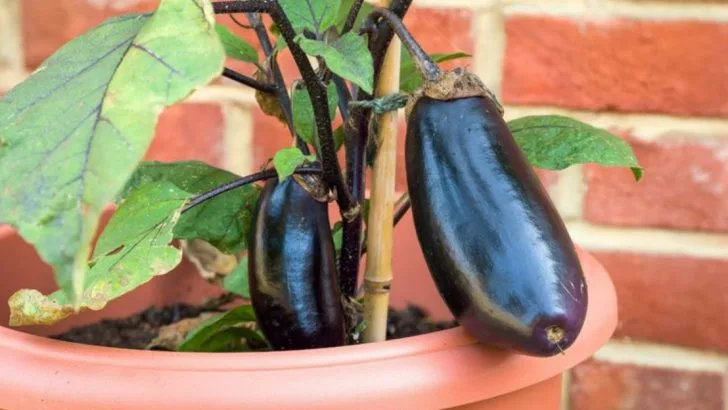Stop relegating eggplants to the vegetable equivalent of couch potatoes! Your sunny balcony or patio is begging for glossy purple globes. No garden plot? No problem. These smart potting tricks turn containers into eggplant wonderlands. Think the perfect pot size is guesswork? Think again—grab a roomy container that gives roots elbow room to party. Pick the right soil blend so your plants don’t drown or starve. Secure sturdy stakes before those heavy fruits ever appear. Water like a pro—consistent sips instead of drench-and-dry rollercoasters. Feed with balanced meals that fuel flower parades and fruit marathons. Rotate your pots for even sunlight and avoid sad, lopsided growth. Ready for a season of fruitful surprises? Grab your gloves, select your favorite eggplant varieties, and let these 15 pot-perfect strategies transform your containers into eggplant empires. Your harvest—and your neighbors—will be gobsmacked.
Choose the Right Pot

Selecting the right pot sets the foundation for a thriving eggplant. Opt for a container that allows ample room for roots, ideally 12 to 14 inches deep and wide. Adequate drainage is crucial to prevent waterlogging, which can harm the roots. Consider pots made of breathable materials like terracotta or fabric to help regulate moisture.
A pot that’s too small will stunt growth, while one that’s too large may cause moisture retention issues. Balancing size and material ensures your eggplant receives the perfect environment to flourish and fruit successfully.
Use Quality Soil
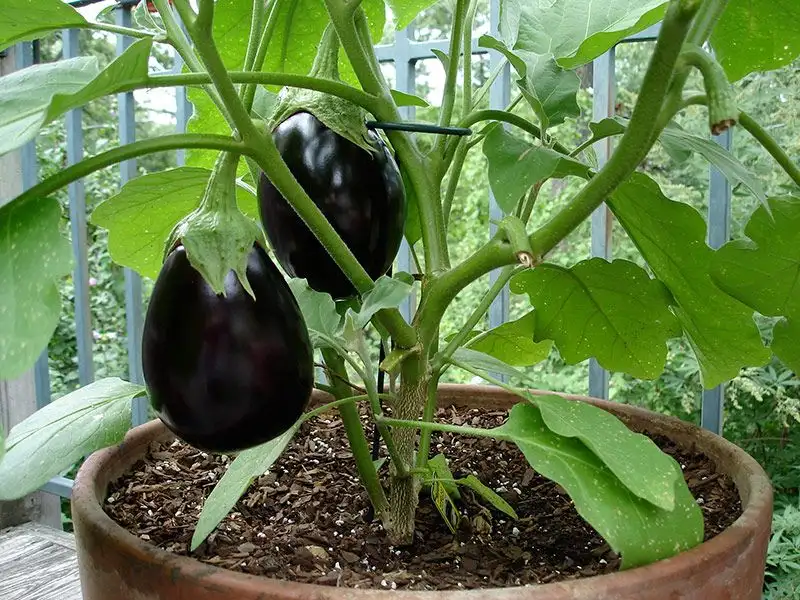
The soil you choose plays a pivotal role in eggplant health. Opt for a well-draining potting mix enriched with organic matter. Avoid using garden soil as it may compact, hindering root expansion.
A mixture that includes peat moss, compost, and perlite offers the necessary nutrients and aeration. Ensuring the soil retains moisture without becoming soggy promotes robust growth.
A nutrient-rich environment fosters strong stems and vibrant leaves, leading to a fruitful yield. Remember, your eggplant’s success largely depends on the soil’s quality and composition.
Ensure Proper Sunlight
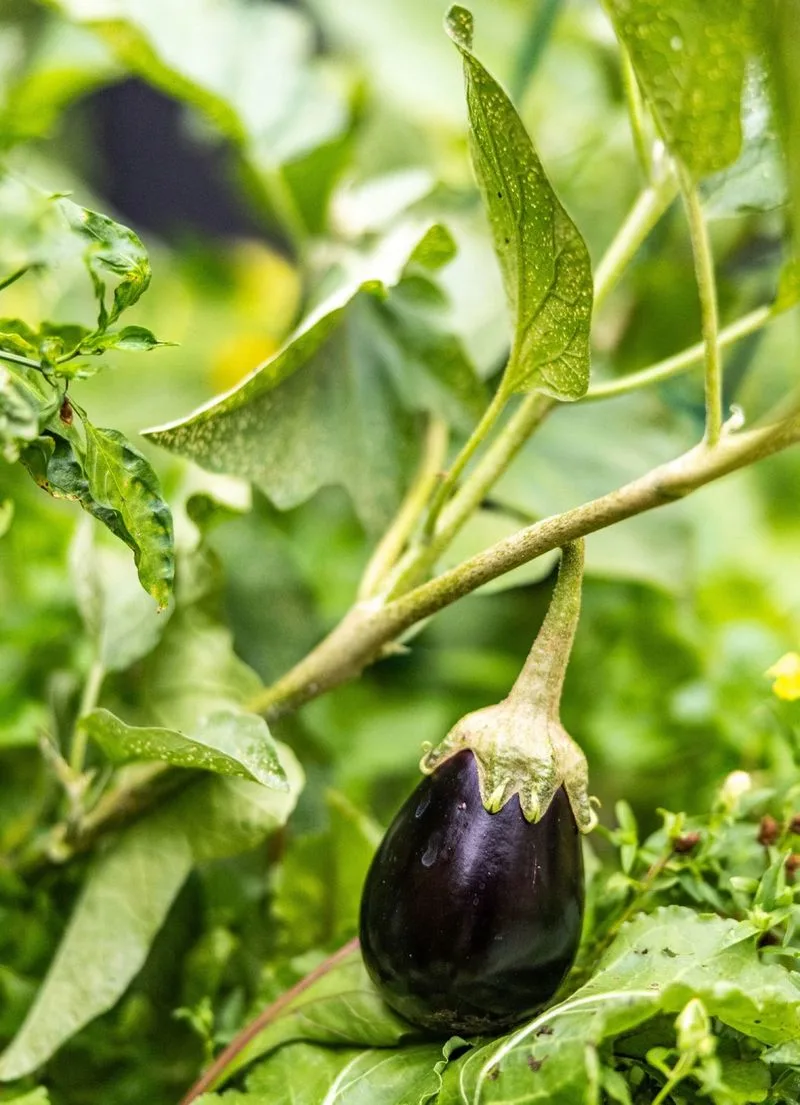
Sunlight is to plants what food is to humans. Eggplants thrive in full sun, requiring at least six to eight hours daily. Position pots on a sunny balcony or patio where light is uninterrupted.
If natural light is scarce, consider using grow lights to supplement. Inadequate sunlight results in sluggish growth and fewer fruits.
Regularly rotate pots to ensure all sides receive equal light exposure, preventing leaning and promoting even development. Sunlight not only fuels photosynthesis but also enhances the plant’s ability to produce delicious, ripe fruits.
Regular Watering
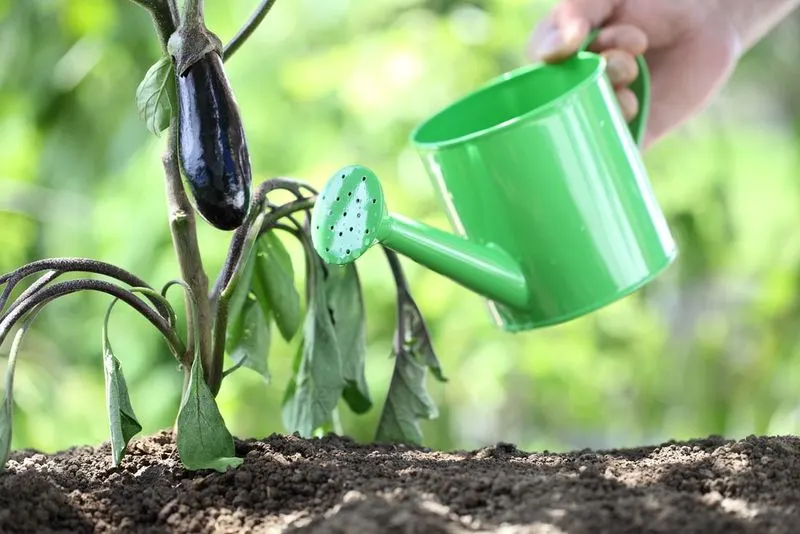
Consistent watering keeps eggplants healthy. These plants prefer evenly moist soil, so regular checks are essential. Water deeply when the top inch feels dry, but avoid overwatering.
Morning watering is optimal, minimizing evaporation and fungal risks. Adjust frequency based on weather — more in hot spells, less during rain.
Proper watering supports nutrient uptake and prevents wilting, ensuring robust growth. By maintaining moisture balance, you cultivate a sturdy plant capable of producing lush foliage and abundant fruits.
Fertilization Techniques
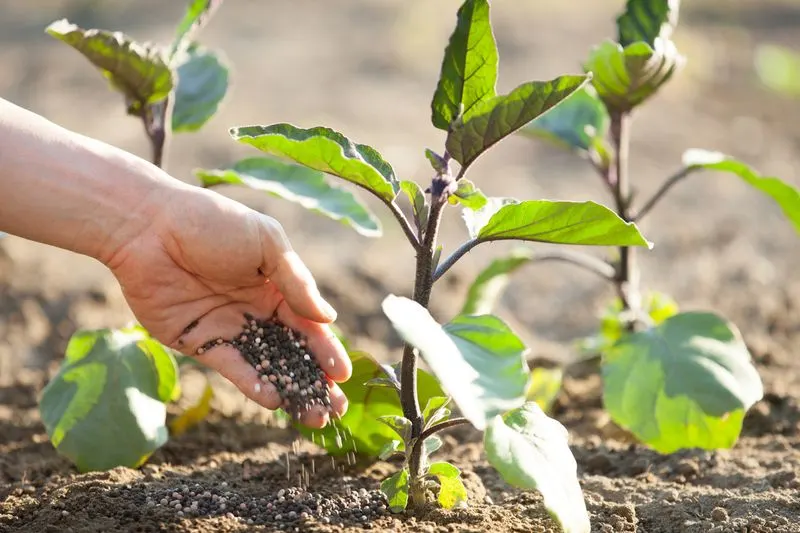
Nourishing eggplants involves understanding fertilization. Use a balanced, slow-release fertilizer or organic compost to provide essential nutrients. Begin monthly applications once growth commences, tapering as the plant matures.
Over-fertilization can lead to lush foliage at the expense of fruit production, so follow guidelines carefully. Incorporating compost boosts soil life and texture, enhancing nutrient absorption.
Successful fertilization translates to vigorous plants with plentiful eggplants. Proper nutrient management is key to unlocking their full potential and enjoying a hearty harvest.
Pruning for Productivity
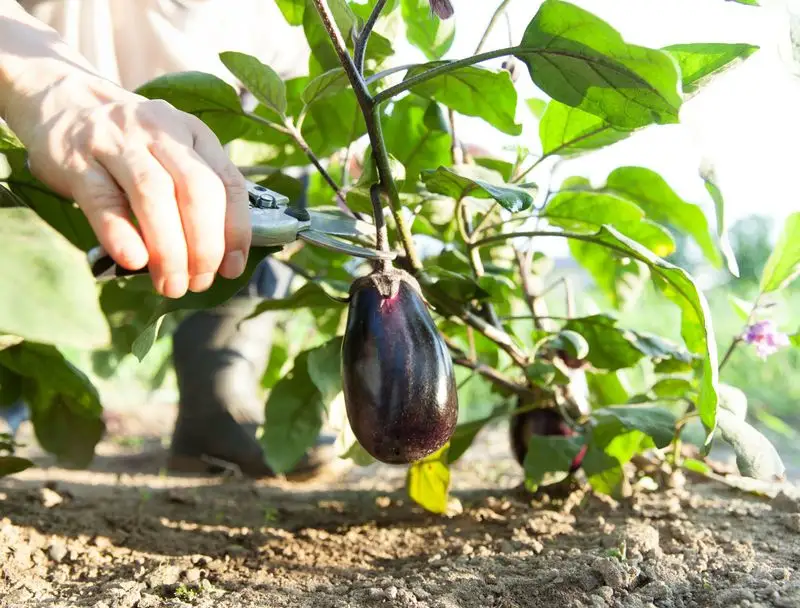
Pruning is an art that benefits eggplants by promoting air circulation and light penetration. Remove yellowing or overcrowded leaves to redirect energy to fruit-bearing branches.
Begin trimming when plants are young, encouraging a bushier shape. Regular pruning prevents disease and supports productive growth.
Healthy airflow and light access lead to stronger, more fruitful plants. By mastering the art of pruning, you ensure that your eggplant thrives, delivering a bountiful harvest.
Supportive Stakes
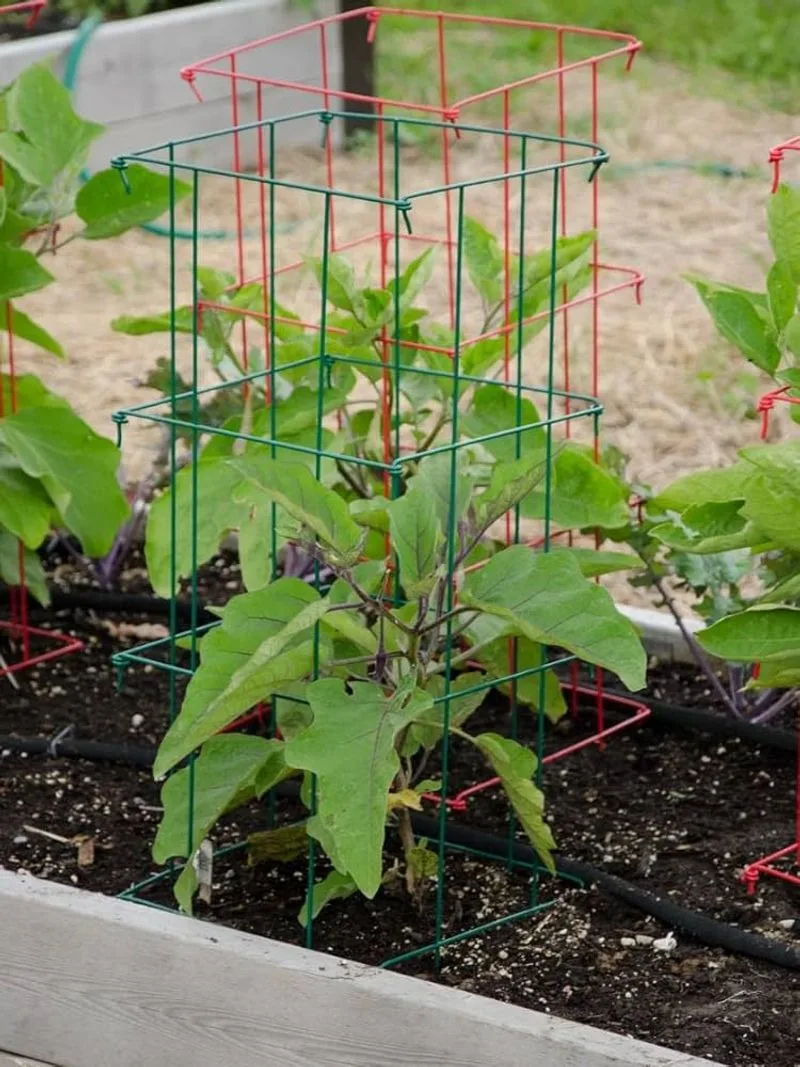
Eggplants, with their hefty fruits, benefit from support systems. Stakes or cages prevent breakage by holding stems upright. Choose bamboo or metal stakes, tying plants gently with soft ties.
Install supports early to avoid root disturbance. As plants grow, adjust ties, ensuring stems are secure yet unrestrained.
Support structures not only protect but also enhance fruit exposure to sunlight, boosting ripeness. By providing support, your eggplants can flourish, reaching their full potential without the risk of stem damage.
Managing Pests Naturally
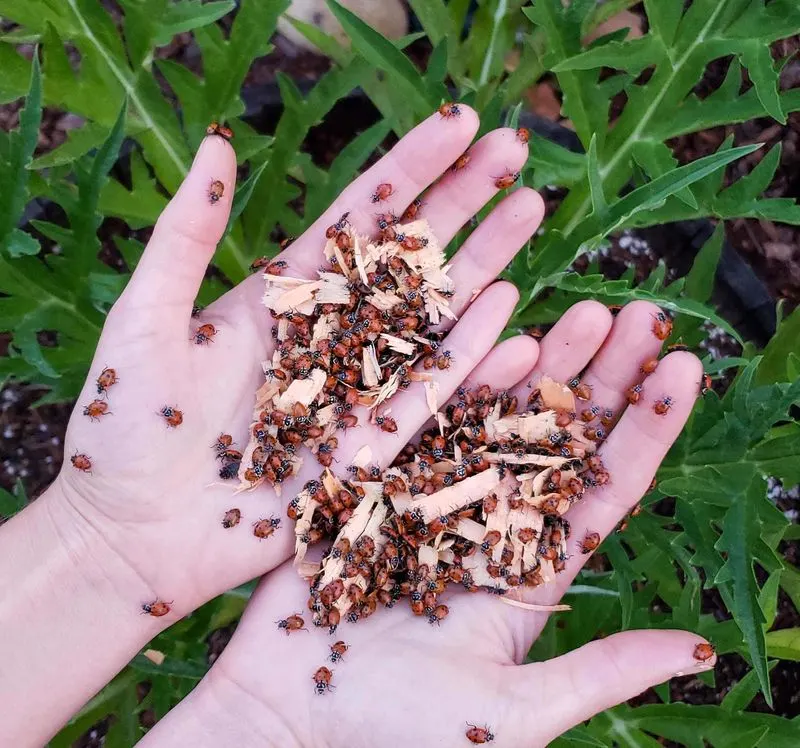
Pest management in potted eggplants requires vigilance and natural solutions. Introduce beneficial insects like ladybugs or use neem oil to deter pests. Regularly inspect plants for signs of aphids or spider mites.
Maintaining cleanliness around pots reduces pest attraction. Companion planting with herbs like basil can also deter unwanted visitors.
Adopting natural methods preserves the ecosystem and ensures healthy plants. By curtailing pests, you safeguard the wellbeing of your eggplants, allowing them to produce a gratifying yield.
Rotate and Refresh Soil
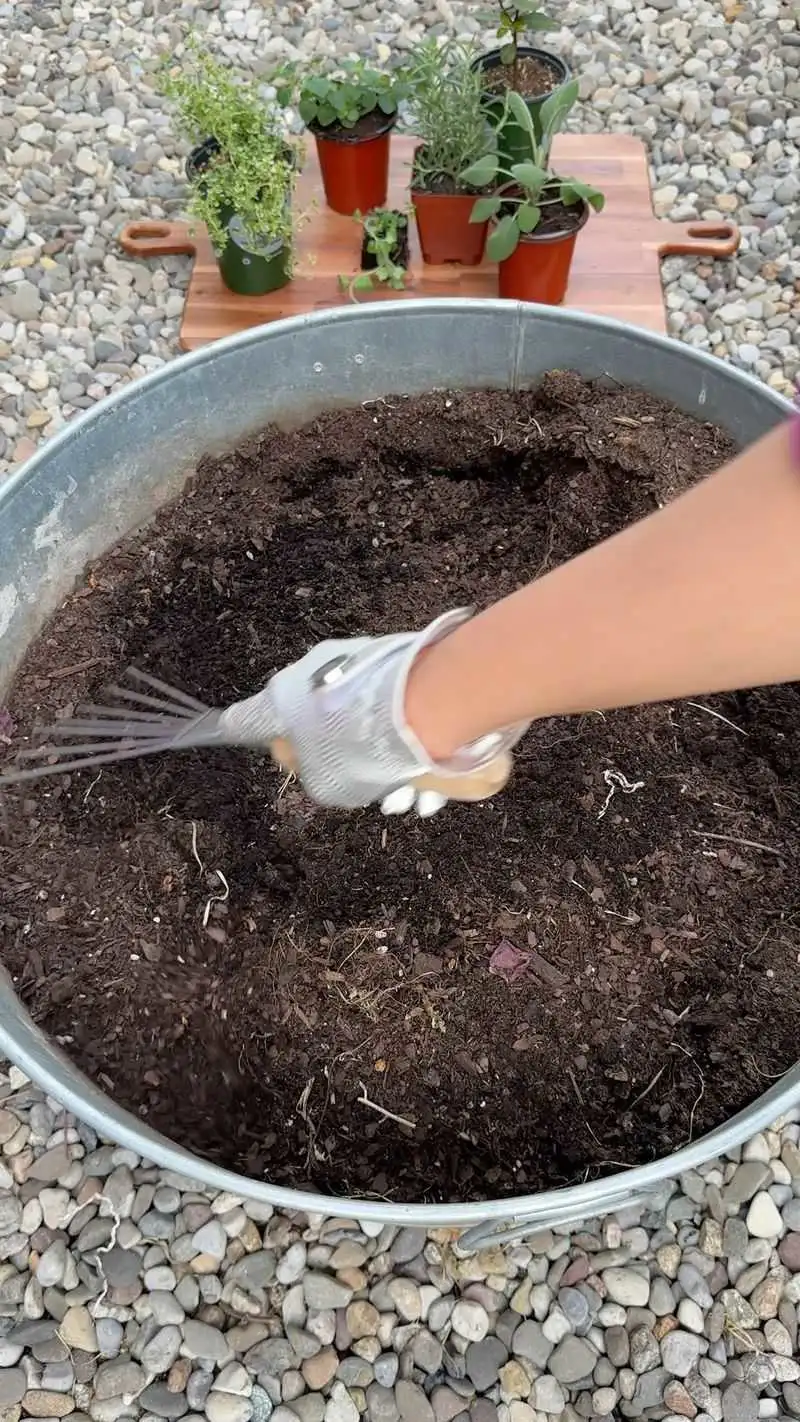
To maintain soil vitality, rotate and refresh it annually. Over time, soil depletes, affecting plant growth. Remove old soil and replace it with fresh, enriched potting mix before planting.
This practice prevents disease buildup and restores essential nutrients. Consider crop rotation by planting different species annually to enhance soil health.
Regular soil renewal supports robust, healthy plants and maximizes harvest potential. A proactive approach to soil management fosters an environment where eggplants thrive season after season.
Choosing the Right Varieties

Variety selection is crucial for container gardening. Opt for compact or dwarf eggplant varieties suited for pots, such as ‘Fairy Tale’ or ‘Hansel’.
These varieties require less space and support but offer prolific yields. Research different types to find the ones that align with your climate and taste preferences.
Choosing the right variety ensures compatibility with your container setup, leading to successful cultivation. By selecting wisely, you embark on a rewarding journey of growing delicious eggplants in limited space.
Mulching Benefits

Mulching is an effective way to conserve moisture and regulate soil temperature. Apply a 2-3 inch layer of organic mulch like straw or wood chips around the base of plants.
Mulch prevents weeds and maintains consistent soil moisture by reducing evaporation. It also insulates roots, protecting them from temperature fluctuations.
By incorporating mulch, you create a stable environment for your eggplants, minimizing stress and enhancing growth. A well-mulched pot fosters healthier, more productive plants.
Companion Planting
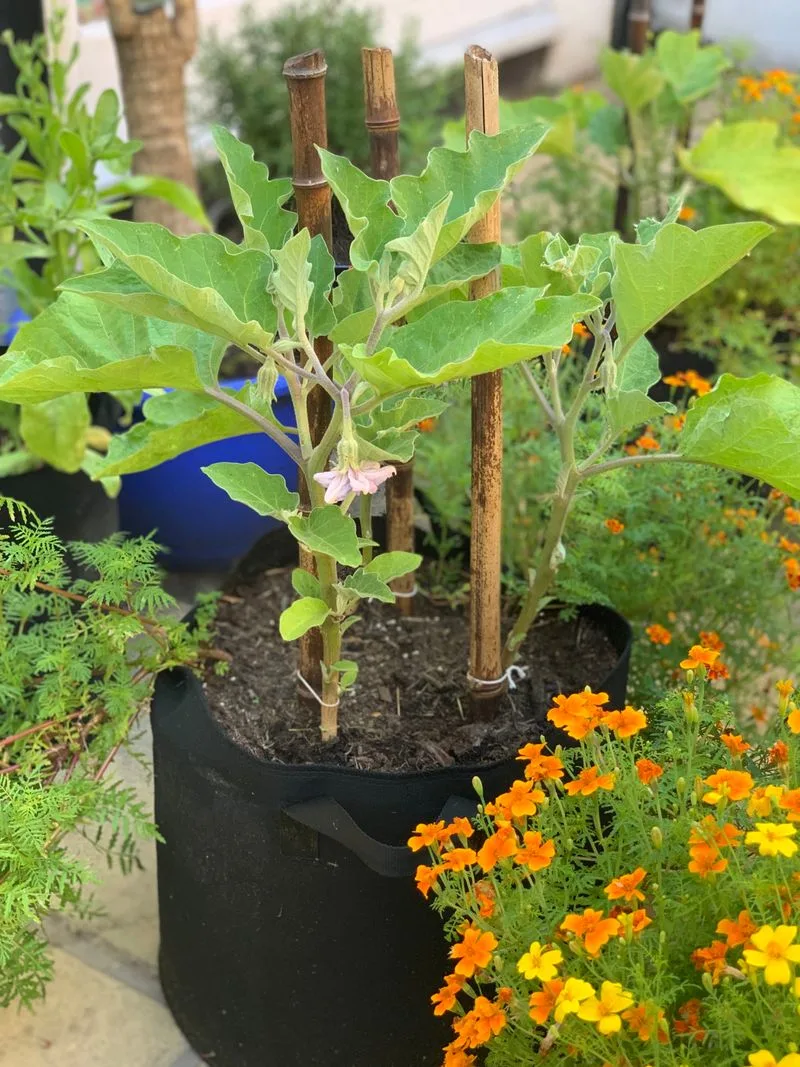
Companion planting enhances eggplant growth by creating a supportive ecosystem. Pair eggplants with basil or marigolds to deter pests and improve flavor.
These companions attract beneficial insects and provide shade, promoting a balanced environment. Avoid planting with fennel, which may hinder growth.
Companion planting optimizes space and resources, resulting in healthier plants with superior yields. By combining the right plants, you cultivate a thriving garden ecosystem in your pots.
Temperature Control
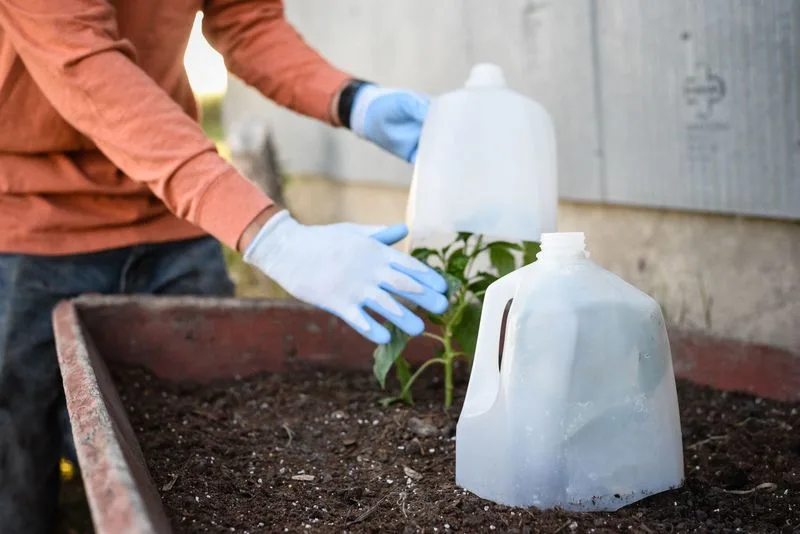
Eggplants prefer warm conditions, so temperature control is essential. If temperatures drop, use garden fabric or cloches to retain heat around pots.
Place pots near walls that absorb heat or move them indoors during cold spells. Monitor temperature regularly, as fluctuations can stress plants.
Ensuring warmth promotes consistent growth and fruiting. By managing temperature, you provide a nurturing environment, safeguarding your eggplants against adverse conditions.
Learning from Experience
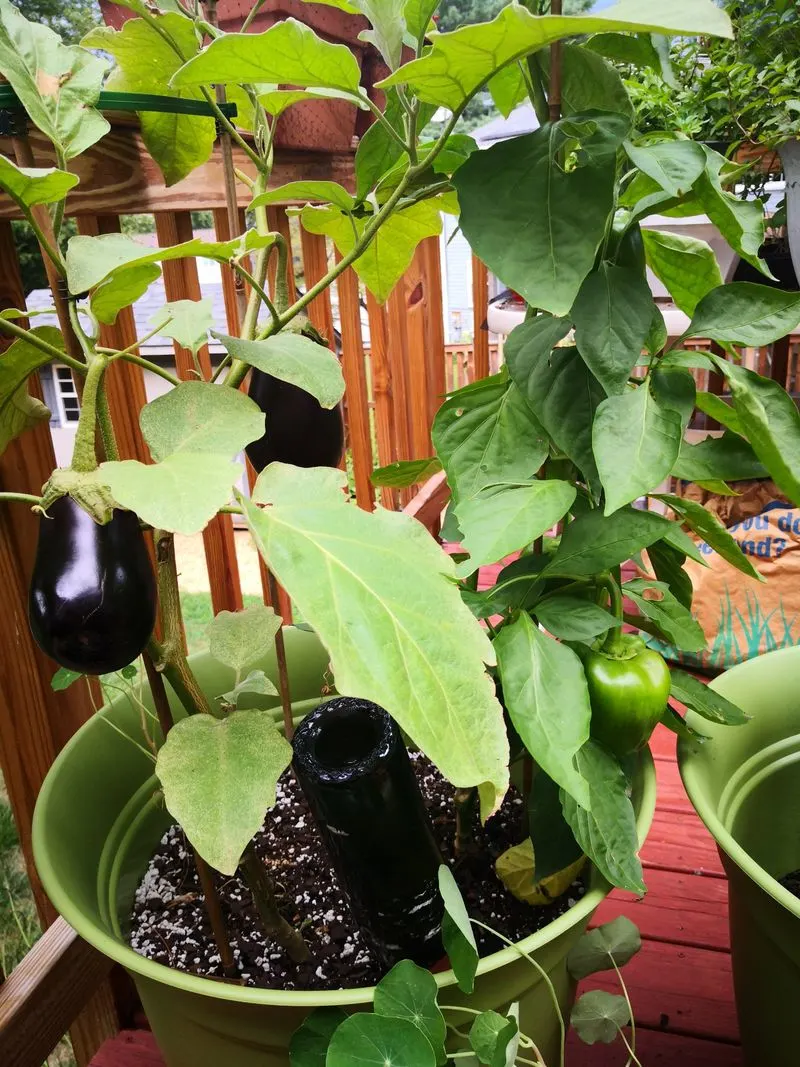
Gardening is a journey of constant learning. Keep a journal to track your eggplant’s progress, noting successes and challenges. Documenting weather conditions, watering schedules, and pest occurrences helps refine techniques.
Reflect on past seasons to identify areas for enhancement. This proactive approach leads to improved strategies and bountiful harvests.
By learning from experience, you nurture both your gardening skills and your plants, ensuring each growing season is more rewarding than the last.
Vertical Gardening Structures
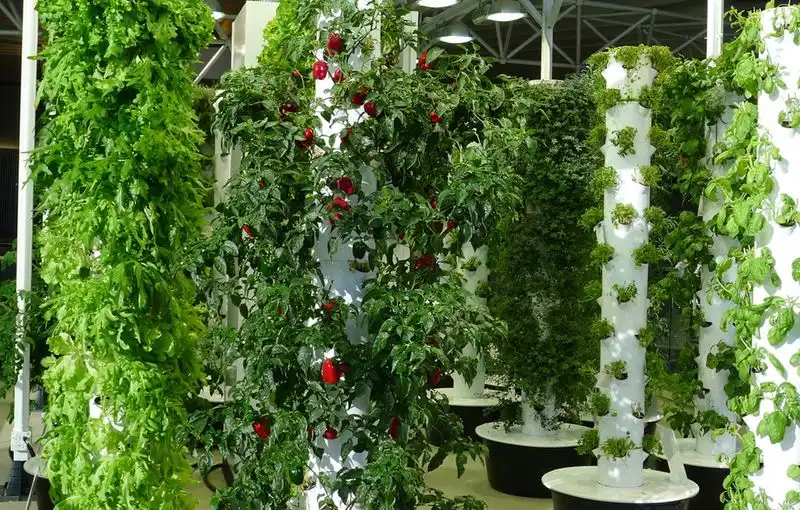
Imagine maximizing your small space by growing eggplants vertically. Vertical gardening structures allow you to stack plants, making the most of every inch. Unlike traditional gardening, these structures provide enhanced airflow and sunlight exposure.
With vertical gardening, you can easily access your plants for maintenance and harvesting. It’s a sustainable and innovative method, perfect for urban dwellers.
Did you know? Vertical gardening dates back to ancient civilizations, demonstrating its lasting appeal and practicality. Explore this space-saving approach for a thriving eggplant garden on your balcony or patio.

